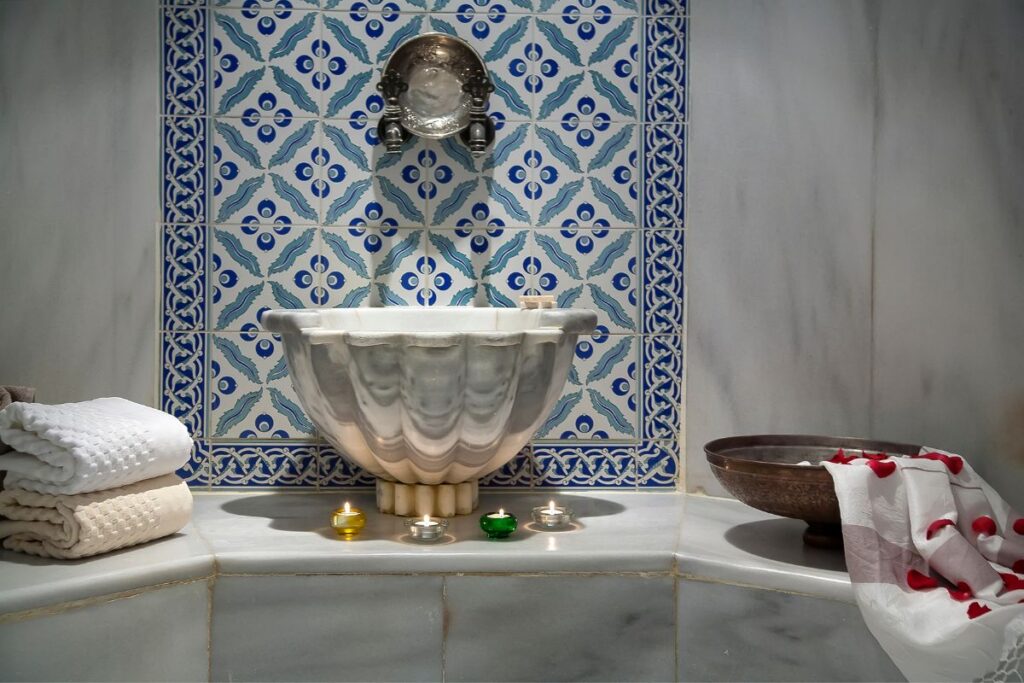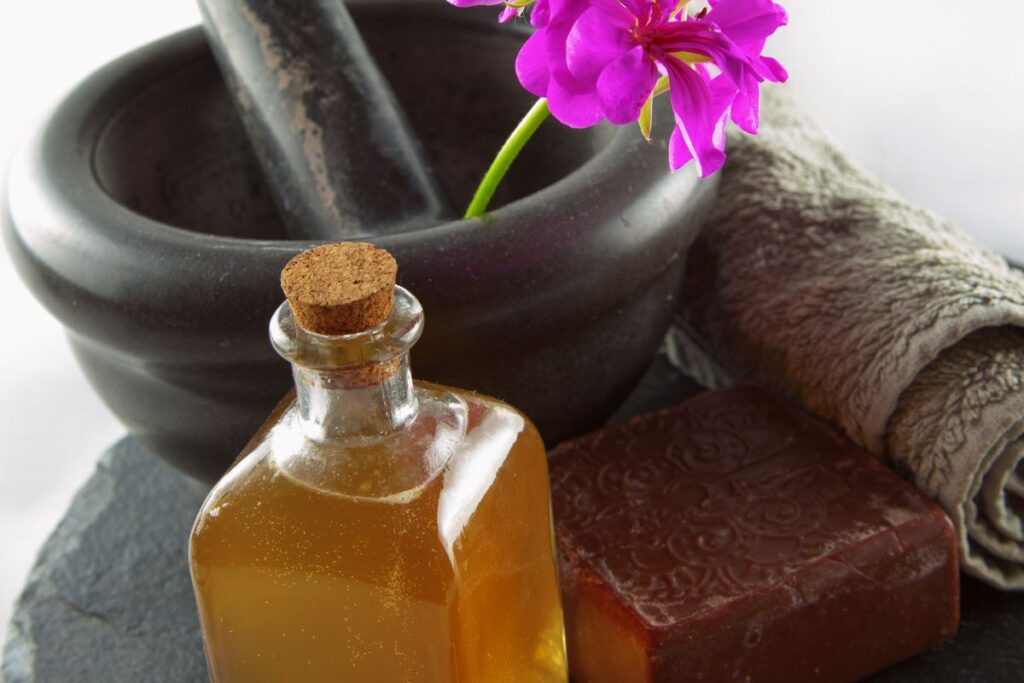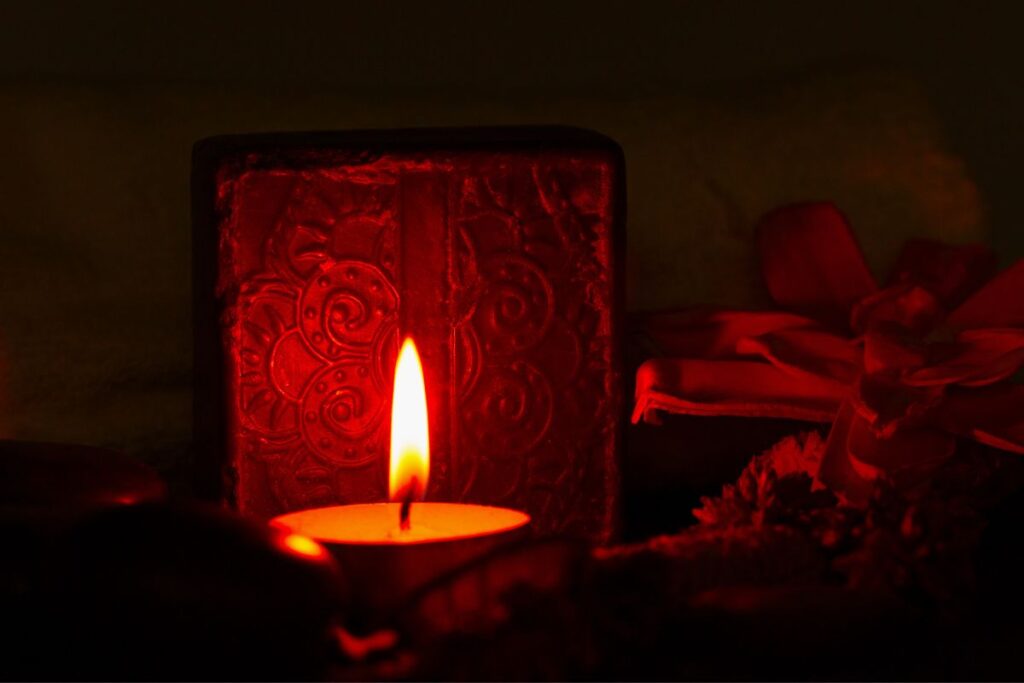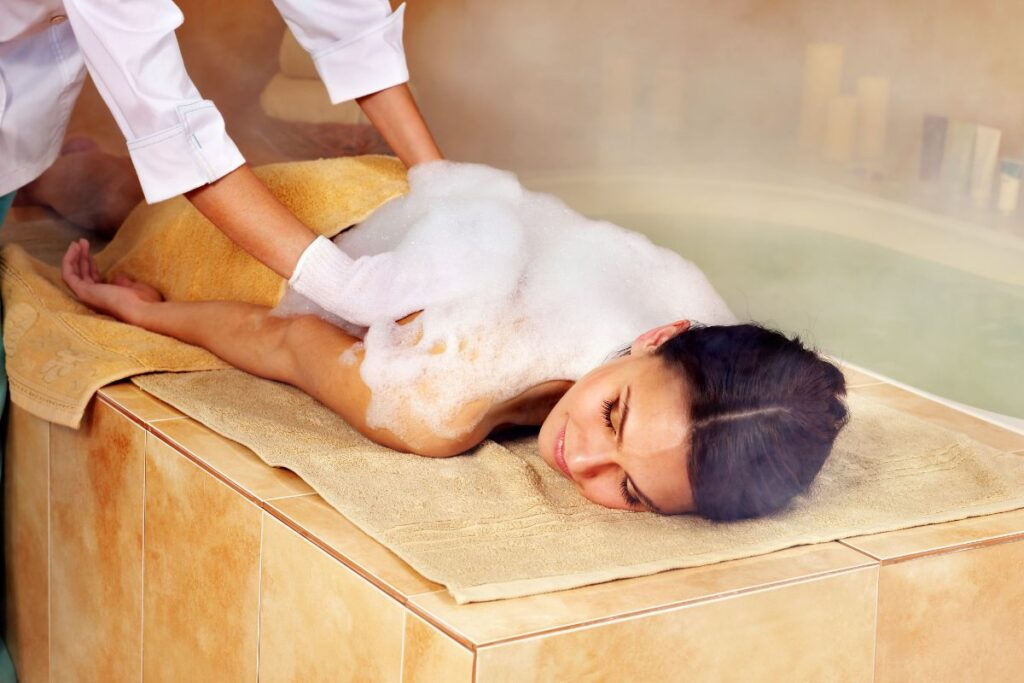A trip to Morocco is incomplete without visiting a traditional Moroccan Hammam, an Arabic bath. This cleansing and cultural experience offers a unique and authentic way to connect with Moroccan society and should not be missed. This article will explore the world of Hammams and guide you through what to expect during your visit, what to bring, the bathing process, and where to find the best Hammams in Morocco.
Where to Find the Best Hammams in Morocco

Hammams can be found in almost every city and neighborhood in Morocco, with some of the largest Hammams having separate bathing rooms for men and women. Public Hammams are widely available, but they may not be mixed and may be designated for either men or women on specific days of the week. If you’re looking for a more luxurious experience, many hotels and Riads offer private Hammams for their guests, although these tend to be more expensive.
When looking for the best hammams in Morocco, it’s important to do your research and seek out recommendations from locals or experienced travelers. While many cities have numerous hammams available, some neighborhoods are known for their high-quality options, which often offer a more authentic and relaxing experience.
It’s also important to consider what type of hammam experience you’re looking for. If you’re interested in a more luxurious spa treatment, there are many hammams that offer additional services such as massages, body treatments, and aromatherapy. These options may be more expensive and often cater to tourists, but can offer a unique and memorable experience.
For those looking for a more traditional hammam experience, there are plenty of local options available as well. These may be simpler in design and amenities, but can offer a more authentic and cultural experience. Regardless of the type of hammam you choose, be sure to read reviews and ask for recommendations to ensure you have the best possible experience during your time in Morocco.
Top best 5 Hammams in Marrakech
Top best 5 Hammams in Casablanca
Top best 5 Hammams in Fez
Top best 5 Hammams in Agadir
What to Bring to a Hammam
When visiting a Hammam, it’s important to bring a few personal hygiene items, including soap, shampoo, an exfoliating glove, a towel, a small plastic bucket, a bathing suit or extra underwear, shaving cream, and a razor. Some Hammams sell travel-size shampoo and soap bottles, but we recommend buying and bringing “Sabon Beldi,” a unique black olive oil soap readily available in the souks. You may also want to bring a “Ghasoul” or “Rhassoul,” a clay used for washing the skin, and rent a towel at the reception if necessary.
A Brief Timeline of the Traditional Moroccan Hammam
Here is a timeline of important dates related to the subject of traditional Moroccan hammam:
- 7th century AD: The tradition of the hammam bath is believed to have originated in the Roman Empire and was later adopted and popularized in the Arab world, including Morocco.
- 12th century AD: The Almoravid dynasty, which ruled Morocco from the 11th to the 12th century, built many public bathhouses known as hammams, which served as places for social gathering and hygiene.
- 16th century AD: During the reign of the Saadian dynasty in Morocco (1549-1659), the hammam culture peaked with the construction of luxurious hammams for the royal court and wealthy citizens.
- 19th century AD: The arrival of European colonial powers in Morocco brought a decline in the popularity of hammams as Western-style bathing became more prevalent.
- 21st century AD: In recent years, there has been a revival of interest in traditional Moroccan hammams as people seek out authentic cultural experiences and traditional forms of self-care. Many modern hammams have opened nationwide, offering traditional steam baths, exfoliating treatments, massages, and more modern amenities.
The Moroccan Hammam Process

The exfoliating glove, known as “KIIS,” is used during bathing to scrub the body, a cultural tradition in Morocco where friends help each other scrub their backs. The “KIIS” can be bought in the souks for around 10 to 15 dirhams, along with the small plastic buckets. After paying the registration fee at the reception, you’ll proceed to the changing rooms, where you should be careful to cover up with a towel as nudity is offensive.
The Hammam typically consists of three rooms separated by walls and connected by small openings, with the first room being cold, the second room warm, and the third room very hot. The traditional bathing process starts in the warm room, where you’ll wash your body and hair with cold and warm water. The hot room allows the skin to sweat and the pores to open, expelling dirt from your skin. The time you stay in the hot room will depend on your tolerance to heat, but you can pour buckets of water on yourself to cool down.
Finally, the last step is to relax in the cold room and enjoy coffee or Moroccan tea. After the bath, you’ll feel refreshed and rejuvenated with soft, smooth skin.
In conclusion, visiting a traditional Moroccan Hammam is a must-have experience during your trip to Morocco. From the cleansing and cultural experience to the unique and authentic atmosphere, a Hammam is an unforgettable way to immerse yourself in the local culture and make the most of your visit to this beautiful country. So, don’t hesitate book your next trip to Morocco and experience the magic of a traditional Moroccan Hammam for yourself!
Traditional Moroccan Hammams: A Risky Health Hazard
For centuries, traditional Moroccan hammams have been considered a staple in the country’s culture, serving as public bathhouses where people flock to cleanse their bodies and refresh their spirits. However, little do they know that the hammams could harm their health. The architecture, while aesthetically pleasing with its tiled floors, high domed ceilings, and intricate mosaics, can actually provide a breeding ground for bacteria and other harmful substances.
The steam-filled main room, where the cleansing process occurs, may seem relaxing, but it can be detrimental to one’s health. The high humidity levels, combined with the proximity of people, create a prime environment for the spread of diseases such as staph and other skin infections. The traditional pestemal, a type of cotton towel used in the hammam, can also harbor harmful bacteria and parasites, posing a risk to one’s hygiene. Furthermore, using a kessa, a scrubbing mitt, can cause microscopic cuts and tears in the skin, leaving it susceptible to infection.
In conclusion, traditional Moroccan hammams may not be the safe and refreshing experience one may expect. The high levels of bacteria and potential health hazards make it a risky choice for anyone seeking to cleanse their body. It is recommended to seek alternative methods of hygiene and relaxation that prioritize one’s health and safety.
Discovering Morocco’s Timeless Treasures: A Journey Through its Traditional Hammams

Morocco is a country steeped in tradition and culture, with the traditional hammam being one of its most cherished and enduring symbols. A public bathhouse that has been a part of the nation’s way of life for centuries, the hammam is more than just a place to cleanse the body. It is a sanctuary where people come to rejuvenate their spirits and connect.
With its stunning architecture and intricate mosaics, the hammam is a work of art. Separated by gender, the steam-filled main room boasts tiled floors, high domed ceilings, and a warm, inviting atmosphere. Visitors are invited to unwind and let the heat and steam do their work while washing with soap, warm water, and a kessa, a scrubbing mitt, that helps remove dead skin cells, leaving the skin feeling refreshed rejuvenated.
Aside from its cleansing properties, the hammam is also a social hub where visitors relax, socialize and connect. Some hammams offer additional services, such as massages and beauty treatments, making it a one-stop-shop for relaxation. The hammam is an experience providing a unique glimpse into Morocco’s rich heritage and way of life. Whether you want to immerse yourself in a new culture or unwind, the traditional Moroccan hammam is a must-visit experience.
The Healing Power of a Moroccan Hammam
Traditional Moroccan Hammams are a luxurious and rejuvenating experience that can benefit your health. From the warm steam that opens pores and cleanses skin to the gentle scrubbing with a kessa mitt that removes dead skin cells, the hammam offers a complete cleansing experience that refreshes skin.
Additionally, soaking in warm water can help to relieve stress and promote relaxation, improving overall well-being. Furthermore, some hammams offer massages and beauty treatments that can enhance the rejuvenating experience, providing an all-around boost to physical and mental health.
The traditional Moroccan Hammam is a unique cultural experience that should not be missed, offering a chance to indulge in a luxurious spa-like environment while caring for your health.
Where to find a hammam near me

Looking for a Traditional Moroccan Hammam near me? It’s easy! With a quick online search, you can find the best hammams in your area. When searching, look for facilities that offer a variety of services, such as steam rooms, massage, and body treatments. Make sure to read reviews and check their website for photos of their facilities, to ensure a clean and comfortable experience. And don’t forget to book in advance to secure your spot for the ultimate relaxation experience!
Moroccan hammam in London
Here are four of the best hammams in London based on customer reviews:
- Spa Experience at York Hall – A luxurious hammam experience in a historical building, with beautiful tiles, hot and cold plunge pools, and a variety of spa services.
- The Moroccan Spa at Dolphin Square – A traditional Moroccan-style hammam in the heart of London, with beautiful mosaic tiles and a range of treatments including a Rhassoul mud treatment and a hot stone massage.
- AIRE Ancient Baths – A unique and relaxing experience in a restored Victorian bathhouse, with a range of thermal baths, aromatherapy steam rooms, and a saltwater floatation pool.
- Pasha Spa Turkish Bath & Ottoman Hammam – A serene and authentic Turkish bathhouse with beautiful mosaics, a traditional steam room, and a range of spa treatments.
Keep in mind that availability and services offered may vary, so it’s always best to check with the individual facilities for their latest information.

